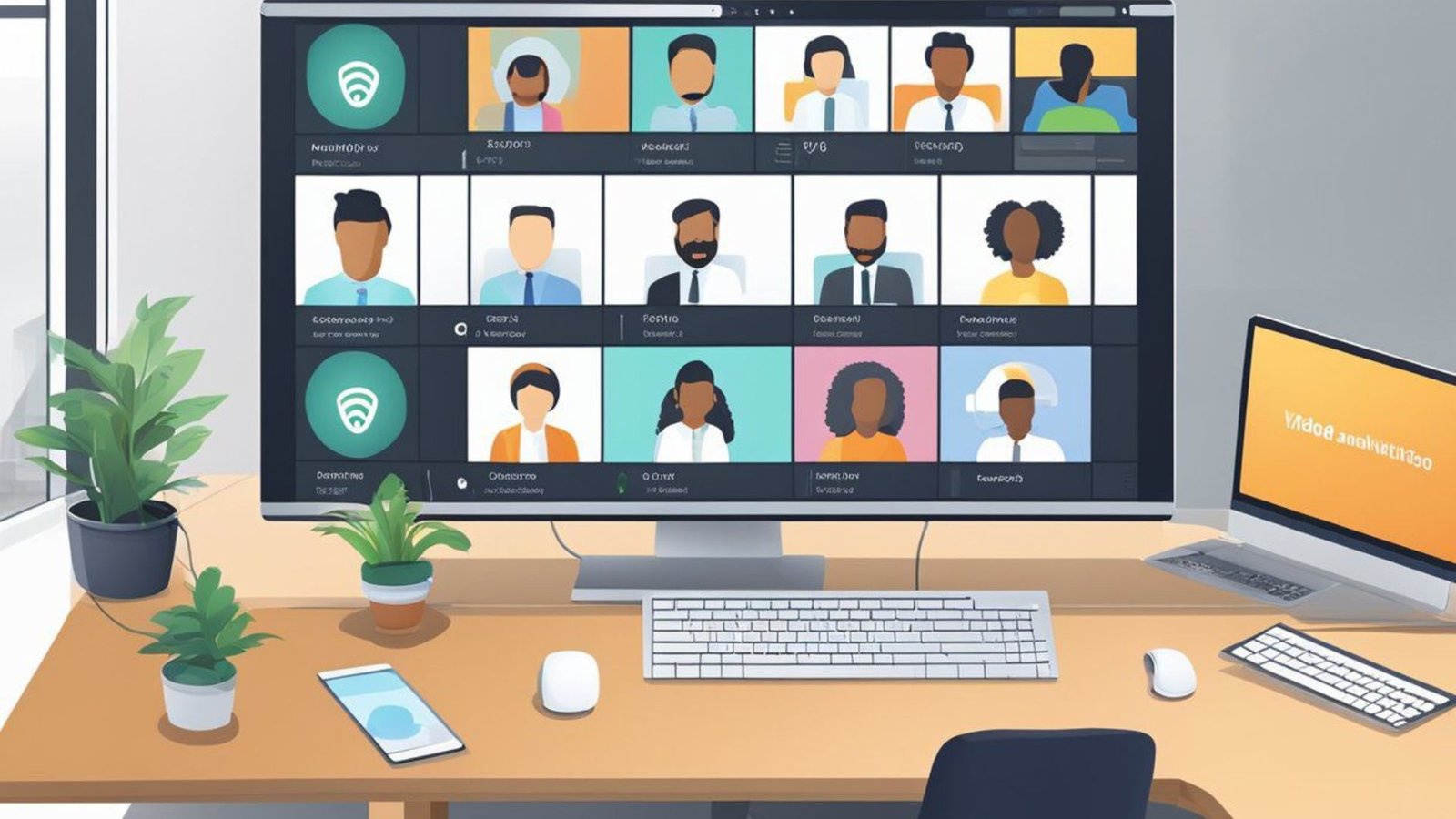Optimizing Network Technology for Seamless Video Conferencing
In today’s digital age, video conferencing has become an essential tool for businesses and individuals alike. Ensuring that your network technology is optimized for seamless video conferencing is crucial to maintaining clear communication and avoiding frustrating disruptions. In this article, we’ll walk you through the steps of optimizing network technology for seamless video conferencing.
Understanding Your Current Network Setup
Before going into optimizations, it’s essential to understand your current network setup. Knowing the speed, bandwidth, and type of connection you’re using will help identify potential areas for improvement. A stable and robust internet connection is the foundation of seamless video conferencing. If your network technology is outdated or underperforming, it might be time to upgrade.

Prioritizing Bandwidth for Video Conferencing
One of the most effective ways to optimize your network technology for seamless video conferencing is by prioritizing bandwidth.
To do this, consider setting up Quality of Service (QoS) settings on your router. QoS allows you to prioritize certain types of traffic, such as video conferencing, ensuring that your calls are smooth even when other devices are using the network. By giving video conferencing priority, you’ll reduce lag and enhance the overall quality of your calls.
Upgrading Your Router for Better Performance
Another critical factor in optimizing your network technology for seamless video conferencing is the router. The router is the gateway that manages data traffic between your devices and the internet. If your router is outdated or doesn’t support high-speed connections, it might be a weak link in your network setup.
Upgrading to a modern router with advanced features like dual-band or tri-band technology can make a significant difference.
Using Wired Connections When Possible
While Wi-Fi is convenient, it can sometimes be unstable, especially in environments with many devices connected simultaneously. For critical video conferencing, using a wired Ethernet connection is often the best option. Wired connections are more reliable and offer consistent speeds, which are crucial for seamless video conferencing.
If you must use Wi-Fi, ensure that your device is close to the router and that there are minimal obstacles, such as walls, between them. Additionally, consider using a Wi-Fi extender or mesh network to improve coverage if you experience weak signals in certain areas of your home or office.
Regularly Updating Your Network Technology
Keeping your network technology up to date is another key aspect of ensuring seamless video conferencing. This includes not only updating your router’s firmware but also ensuring that your devices are running the latest software versions. Updates often include performance improvements and security patches that can enhance your network’s stability and speed.
Optimizing Device Settings for Video Conferencing
Besides optimizing your network technology, it’s also important to adjust your device settings to support seamless video conferencing. Close any unnecessary applications or browser tabs that might be using bandwidth in the background. This will free up resources and reduce the strain on your network during a video call.
You can also adjust the video quality settings within your video conferencing software. If you’re experiencing lag, reducing the video resolution can help improve the call’s stability without sacrificing too much on quality.
Conclusion
By understanding your current setup, prioritizing bandwidth, upgrading your router, using wired connections, keeping your technology updated, and optimizing device settings, you can significantly improve your video conferencing experience. With these steps, you’ll be able to enjoy clear, uninterrupted communication, making your meetings more productive and less stressful.



